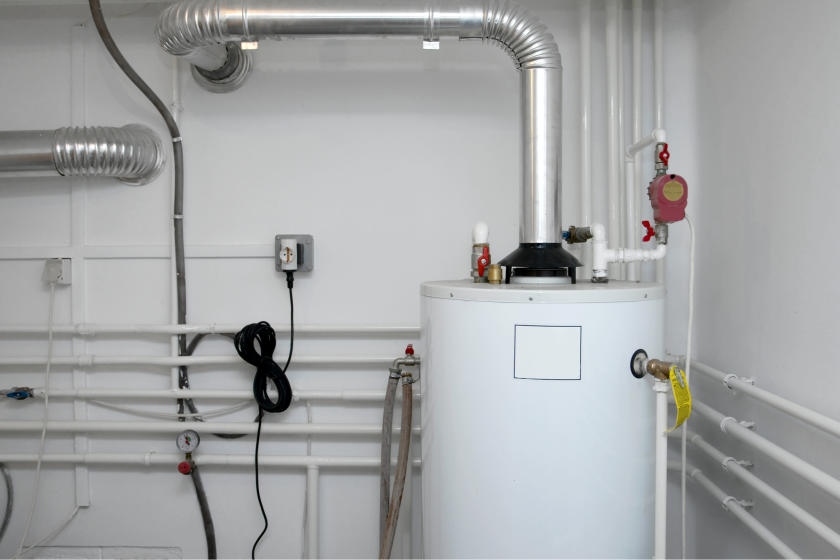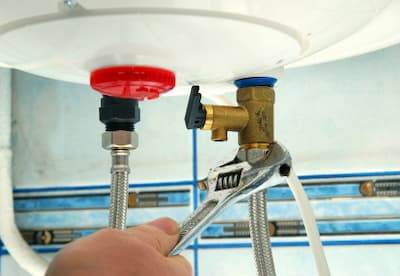Effective Methods to Care for Your Home's Hot Water System Successfully
Click HereEvery person has got their own individual theory involving How to Maintain a Hot Water Heater in a Few Simple Steps.

Warm water is necessary for everyday comfort, whether it's for a rejuvenating shower or washing meals. To guarantee your warm water system runs efficiently and lasts much longer, routine upkeep is key. This write-up supplies functional tips and understandings on just how to preserve your home's hot water system to avoid disturbances and pricey repair services.
Introduction
Preserving your home's hot water system could appear difficult, yet with a couple of easy steps, you can guarantee it runs smoothly for many years to come. This overview covers every little thing from understanding your warm water system to DIY maintenance pointers and understanding when to hire specialist assistance.
Importance of Preserving Your Hot Water System
Normal maintenance not just extends the lifespan of your warm water system yet additionally ensures it operates efficiently. Neglecting maintenance can result in decreased efficiency, greater power expenses, and even premature failure of the system.
Signs Your Warm Water System Requirements Upkeep
Recognizing when your hot water system needs focus can stop major issues. Keep an eye out for indicators such as inconsistent water temperature, weird sounds from the heater, or corroded water.
Understanding Your Warm Water System
Prior to diving into upkeep jobs, it's useful to understand the standard elements of your warm water system. Normally, this includes the hot water heater itself, pipelines, anode rods, and temperature controls.
Month-to-month Maintenance Tasks
Routine month-to-month checks can help catch small issues before they rise.
Flushing the Water Heater
Purging your hot water heater removes sediment accumulation, improving performance and extending its life.
Monitoring and Changing Anode Rods
Anode rods protect against rust inside the container. Checking and replacing them when worn is crucial.
Checking and Adjusting Temperature Settings
Changing the temperature settings makes certain ideal efficiency and safety.
Do It Yourself Tips for Maintenance
You can carry out a number of upkeep tasks on your own to maintain your hot water system in leading problem.
Checking for Leakages
Regularly check pipelines and connections for leakages, as these can bring about water damage and greater costs.
Testing Stress Alleviation Valves
Testing the pressure safety valve guarantees it functions properly and stops extreme stress buildup.
Insulating Pipelines
Insulating hot water pipelines lowers heat loss and can save energy.
When to Call an Expert
While do it yourself upkeep is beneficial, some issues require expert know-how.
Facility Concerns Requiring Professional Help
Examples consist of significant leakages, electric troubles, or if your water heater is consistently underperforming.
Routine Expert Maintenance Perks
Specialist upkeep can consist of thorough inspections, tune-ups, and guaranteeing compliance with safety standards.
Final thought
Normal upkeep of your home's hot water system is vital for effectiveness, long life, and price financial savings. By adhering to these pointers and recognizing when to look for specialist assistance, you can make sure a trustworthy supply of warm water without unforeseen interruptions.
Water Heater Maintenance Tips
Test the TPR Valve
Shut off the power and the cold-water supply valve. Place a bucket under the pipe connected to the temperature-pressure-release (TPR) valve on the top or side of the tank. (This valve opens if the tank pressure gets too high.) Lift the valve’s tab to let some water out, then let go. If water keeps flowing, drain the tank partway, unscrew the old valve with a pipe wrench, and install a new one. Check the Anode Rod
Put a hose to the tank’s drain cock and let out a few gallons of water. Now fit a 1 1/16-inch socket onto the rod’s hex head on top of the heater (or under its top plate) and unscrew the rod. If it’s less than ½ inch thick or coated with calcium, buy a new one, wrap its threads with Teflon tape, put it back in the tank, and tighten securely. Use this segmented rod if headroom above the tank is limited. Drain the Tank and Wash Out Sediment
Drain the remaining water in the tank into the bucket, then stir up the sediment on the tank’s bottom by briefly opening the cold-water supply valve. Drain and repeat until clean water comes out of the hose. Close the drain cock, refill the tank, and turn its power back on. Adjust the Temperature
Find the temperature dial on the side of the tank and unscrew its cover. Adjust the dial to 120 degrees using a flathead screwdriver. For every 10 degrees the temperature is lowered, you can expect to save up to 5 percent in energy costs. Turn the water heater off or the thermostat down to its lowest setting if you plan to be away from home for more than three days. Insulate the Pipes
Buy some self-sticking 3/8-inch-thick foam pipe insulation that matches the pipes’ diameter. Slide the foam over the hot-and cold-water pipes as far as you can reach. Insulating the cold-water pipe prevents condensation in summer. Peel the tape and squeeze the insulation closed. If the pipe is 6 inches or less from the flue, cover it with 1-inch-thick unfaced fiberglass pipe wrap. https://www.thisoldhouse.com/plumbing/21016402/how-to-maintain-a-water-heater

I'm very occupied with How to Maintain Your Water Heater & Prolong its Life and I am hoping you enjoyed reading the new blog entry. Sharing is nice. Helping people is fun. Thank you for your time spent reading it.
Hire A Pro